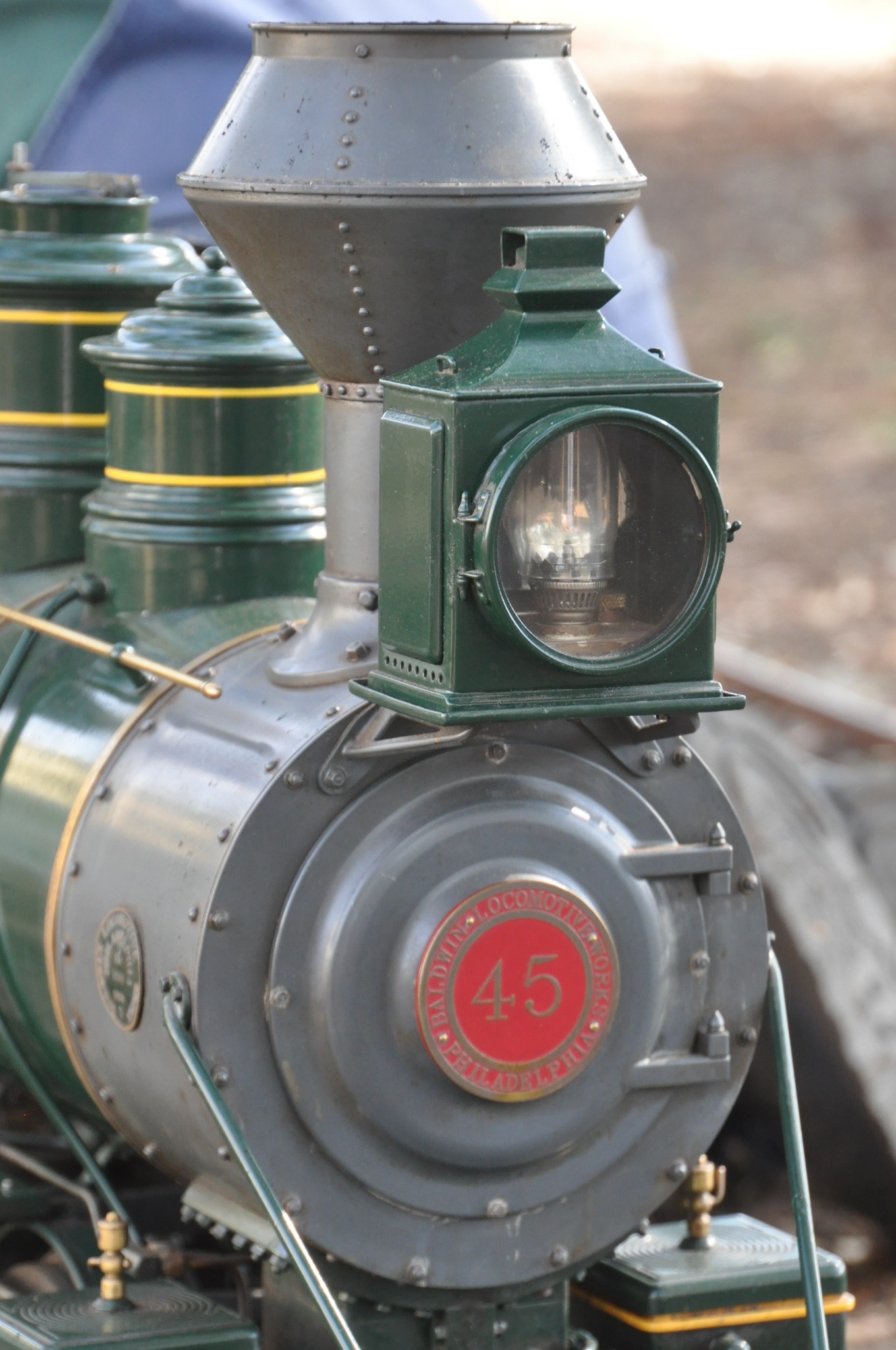The ‘X’ Factor

The South Australian Railways had an alphabetical classification system for their engines. Whilst it did not entirely follow in sequence, it was a fair guide as to the implementation of a new group of locomotives. As the majority were allocated for the Broad Gauge, the last seven letters of the alphabet were given to the Narrow-Gauge system, beginning with ‘U’. The ‘U’ class were introduced in May 1876, followed by ‘V’ in 1877, ‘W’ in 1878, ‘X’ in 1881, ‘Y’ in 1885 and ‘Z’ in 1894. The ‘T’ class arrived in 1903 which took on the remaining letter not used by the Broad-Gauge system.
I would say the use of the letter ‘X’ is not without paradox. Of all the letters in the alphabet, the ‘X’ is the most potent. It is often used to represent the unknown, a variable or something mysterious. A crossover to another state of being or transformation. In many ways this is what happened. The pioneering railway system took on a type of locomotive which was outside the norm. A challenge to the orthodox thinking. Necessity dictated a change in values and perception. Here, ‘X’ marked the spot where the State transformed into a progressive and dynamic system.
